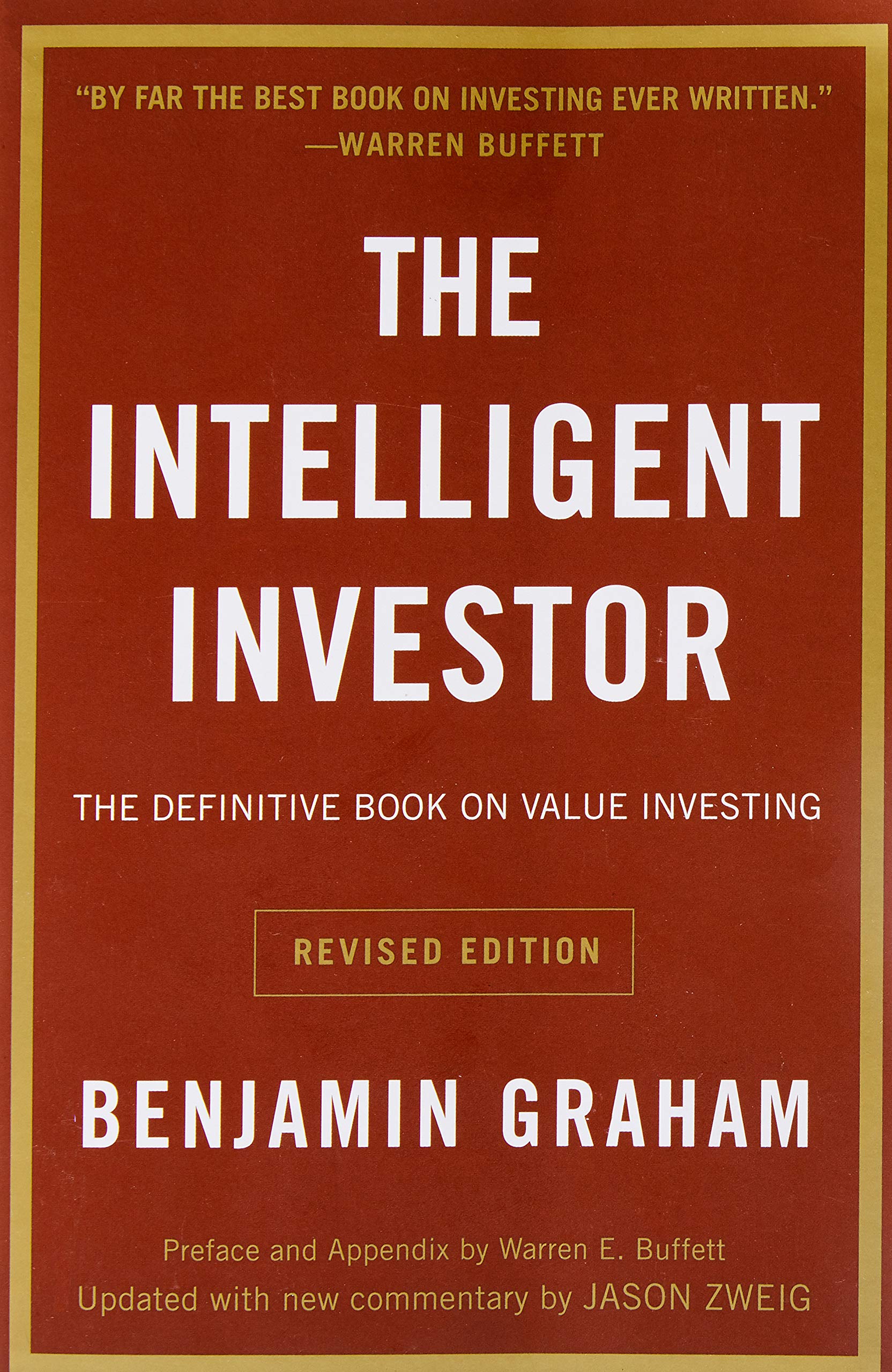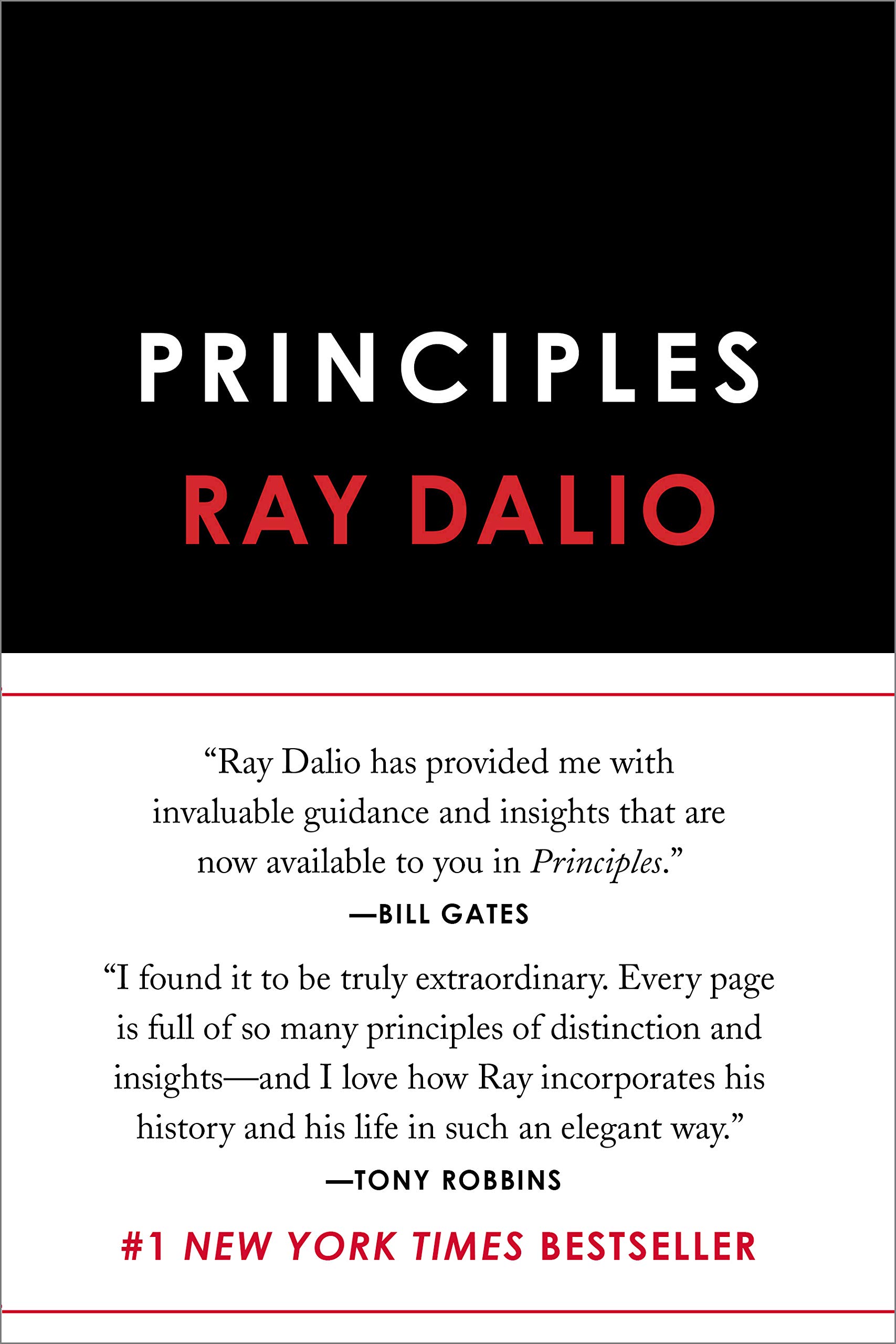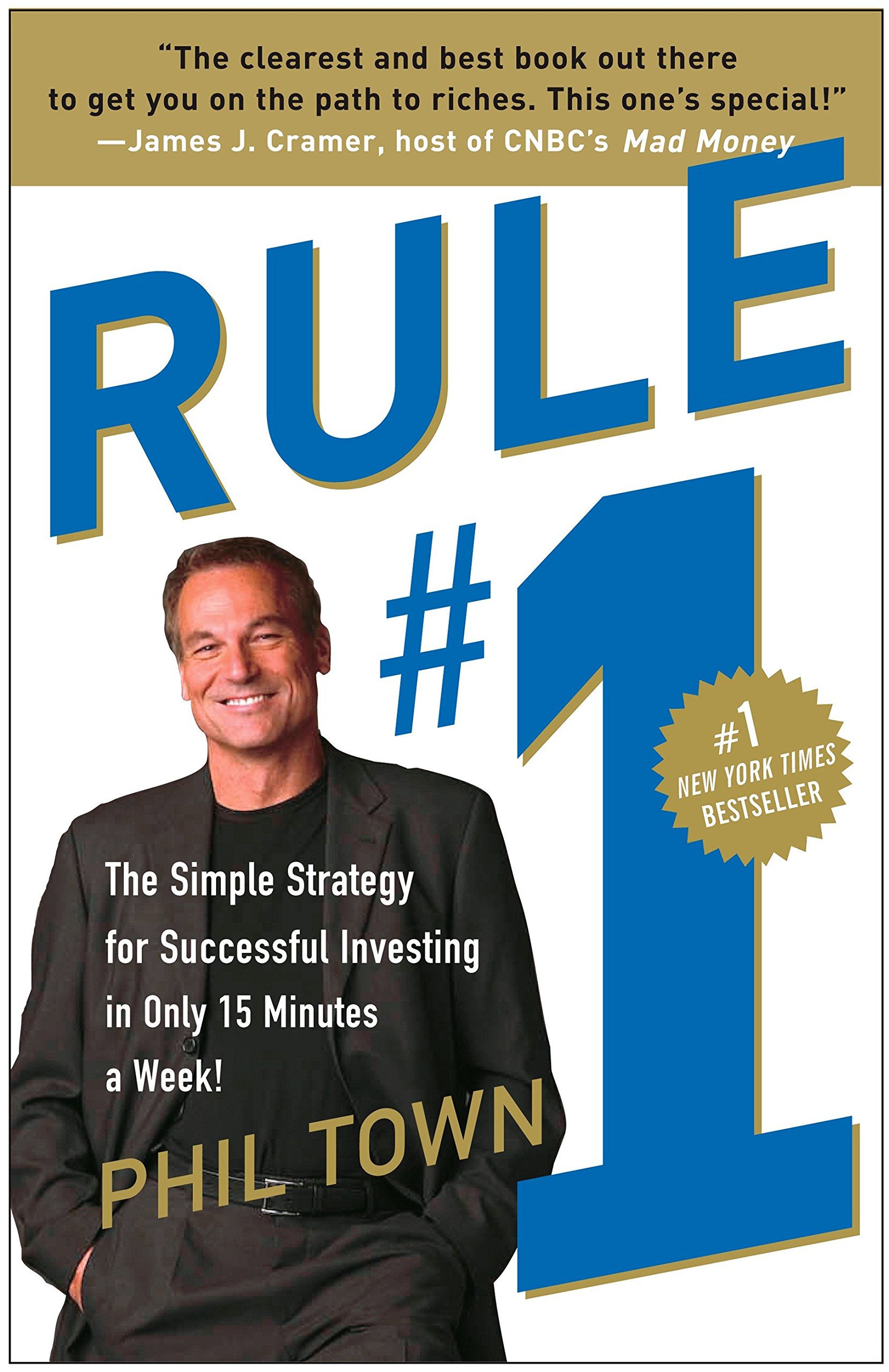Before sharing some of the investment books that got me started, let me start with a little premise here. There are two distinct styles of investing, which for simplicity I will call:
- trading companies, and
- buying companies.
Trading Companies
Trading involves holding on to a stock for the short-term and sell it for profits leveraging the daily/weekly oscillations in the market price. This involves a LOT of speculation around the company, its management, press releases etc. Trading comes in all different shapes and forms; from the individual investor spending 1-2 hours a day on the broker website trying to capitalize on the price differences, to a company investing 5 million EUR on a private antenna in Veurne, Belgium to send buy/sell request 5 microseconds faster and “beat” the market.
PS: I didn’t make this up. This actually happened. Check out this episode of a Dutch News Program called Zondag met Lubach. The show is in Dutch but Youtube nowadays has gotten pretty good at subtitling videos.
Buying Companies
Buying a company is a different ballpark. This implies buying a stock acting and reasoning as if you owned the entire company. In other words, you are looking to understand the business, the industry and whether the price is fair or not; check my articles on the Owner Earnings Part 1 and Owner Earnings Formula Part 2 to get an idea of how pricing works. By doing so, you are buying company at a positive margin of safety. You buy enough of those, in uncorrelated industries, something good may happen to you. I’ll cover the concept of Margin of Safety in a separate article, because there’s a LOT to say about that.
What should I read?
Anyway, back to this blog post, the investment books that I’m gonna recommend here helped me understand the second type of investments better: as an owner of the company!
Let’s take a look at them. I’m discussing them in the same order I read them when I got started:
- Money – Master the Game by Tony Robbins
- The Intelligent Investor by Benjamin Graham
- Principles by Ray Dalio
- Rule #1 Investing by Phil Town
- Security Analysis by Benjamin Graham

Money – Master the Game by Tony Robbins
Admittedly this one was THE book that got me started on my investment journey. The funny thing is – this book isn’t about company financials AT ALL. It slowly introduces you to the importance of investing as a part of the overall development of your money mindset.
What is the money mindset?
For those of you who hear this terminology for the first time – your money mindset is the set of beliefs that were installed in your brain during your upbringing (mostly by family and other circumstances related to how and where you grew up).
Here’s an example. If you grew up in a family that constantly struggled with money no matter how hard everybody was working – the belief installed in your brain might (subconsciously) tell you that “money is hard to make” or that “money is evil” because maybe that is related to other unpleasant things that happened in your family because of the tension around the concept of money.
According to Tony, healing your relationship with money is the first step towards building a better one!
Where does investing come into the picture? Investing is the act of making money work for you. And a good relationship with money is the foundation of a successful investment journey. 🙂
Speaking of investments, this book also introduces you to some of the best investors of modern times, their strategies and best practices that can help the individual investor build his/her own financial freedom.
Amongst them you’ll be introduced to Warren Buffet (Berkshire Hathaway), Ray Dalio (Bridgewater Associates), David Swensen (Yale Endowment Fund) and many more. I’ll share some of their investment philosophies in the next books, since after this one, I went on reading most of the books written by those guys. On to the next one!
The Intelligent Investor by Benjamin Graham

Hands down – one of the most important books on investments! This is the book that inspired generations of investors, including Warren Buffet, the greatest, most known and successful investor on modern times.
What is all the fuss about this book? Why is it so important?
This book defines an investment strategy called value investing. The whole idea behind it is the following – you invest in companies whose intrinsic value is higher than the market value. The intrinsic value of a company is related to its earnings, dividends, cash, assets and historical data. Ben Graham defines a total of 7 parameters he monitors before even remotely considering to make an investment. I’ll cover all 7 of them in a later article, I promise 😉
What is value investing?
The definition of value investing can help you look at companies you love (and would like to support by becoming their shareholder) in a different way. There are slightly different flavors of this strategy, depending on how you define intrinsic value. I’ll give you some examples below:
- The intrinsic value is mainly related to earnings – in this case you are primarily focusing on what is generally referred to as undervalued companies. These are companies, often times not mainstream, with very little speculation which keeps the stock price relatively stable below the “real” price.
- The market price is fair compared to the company’s intrinsic value – here the discussion becomes more complex because of the word fair. In this case, you are looking for companies whose market value is representative of the intrinsic value (i.e., taking into account book value, earnings etc.).
Clarifying these two points will take some time and a new more articles which I’ll try to get to ASAP. In the meantime, get started with the Intelligent Investor by Ben Graham! And I’ll get back to you 😀

Principles by Ray Dalio
Principles was probably not meant to be an investment book, but more of a autobiography. Except, it’s Ray Dalio, and being an extremely successful investor and entrepreneur in the world of private investment funds, his life story is in fact an very inspiring book for anyone who’s interested in the financial world and investments!
Ray Dalio became famous overnight (disclaimer – he did work his ass off for most of his life when no news channel was caring much about his investment strategies) after the 2008-10 crisis. Why? Because his company – Bridgewater Associates – was one of the very few investment funds that didn’t go flat on its face after the 2008-10 bear market (aka. crisis, as opposed to bull market which would be when the stock prices are roaring up). During the 2008-2010 crisis Bridgewater Associates actually managed an 8% average return! That is shockingly GOOD, considering most investment funds went in the negative :O
How did Ray Dalio excelled in the 2008-2010 crisis?
According to Ray, the key to the success of this investment fund is in their unique way of balancing their portfolio based on the risk factor each and every financial asset in that portfolio. The risk factors of financial assets are based on macro economic indicators; by monitoring these indicators you can predict which financial assets will (most likely) perform better and adjust your portfolio accordingly. The two main macro economic indicators are growth and inflation. What it is important to know is whether they’re on the rise or fall, because that will affect the performance of your asset categories, i.e. stocks, corporate bonds, treasury bonds and commodities. This table shows you what financial assets perform better in relation to economic growth and inflation.
Growth | Inflation | |
Rising | Stocks | Commodities Inflation Linked Bonds |
Falling | Treasury Bonds Inflation Linked Bonds | Treasury Bonds Stocks |
Apart from the gems on portfolio theory, in Principles you’ll also learn about Ray Dalio’s take on management and life in general! And that’s why the book is called Principles, because he share his principles in life, business and investments.
Rule # 1 Investing by Phil Town

Yup. There seems to be only 1 rule when it comes to making good investments. This rule is shared by most investor and honestly it’s gonna come as a surprise when you hear it. Admittedly it’s gonna shatter all you knew or thought you knew about investments.
The only rule is…
(and yes, I can share it with you without spoiling the whole book haha)
DON’T LOSE MONEY
Weird uh?
Doesn’t that go against the stereotype of the average investor, this guy who has the guts to throw money around and see what happens till he/she gets lucky?!
Despite common beliefs, investors are the most risk adverse people on this planet. But beware – being risk adverse doesn’t mean you don’t take risks. It means you manage risk and (most importantly) you take risks you can afford and try to protect your ass (or in more technical words – your downside :P) as much as you can.
What Rule #1 Investing is telling you is that, in all investments you make, you wanna make sure your principal (as in, the money you invest in the company) is safe. When you cannot do that, you put a cap on the amount of capital you allocate to investments where your principals is exposed to a high risk factor.
Question is – how do you practically do this? You do this by assessing a company with what is called the Margin of Safety method. What you are looking for is a company that has a positive margin of safety. In other words, a company that is worth $100, and you can buy it at $50. That simple.

Security Analysis by Benjamin Graham
Alright. It’s getting real here.
This book is 800 pages. Written in the 1930s. One of the heaviest books I’ve read in my life so far. Totally worth it tho!
This book is written (again, what a surprise) by Ben Graham, and his partner Dave Dood. The old version of Buffet and Munger, Dalio and associated. As you can see, investors always work in pairs/groups. Why? You wanna make sure your ideas about a company are properly stress tested to avoid breaking Rule #1. Remember? Don’t lose money!
Security Analysis takes you in a very fundamental journey in the investment world. It does require you to know some of the basic financial terminology and concepts, so definitely not a good book if you’re just getting started in this financial world. In this journey you dive in the fundamental strategies behind investment decisions. Strategies to assess fair prices, intrinsic value, protect your principal, measure and manage risk. Despite their insane levels of success as investors, you notice in this book how humble Ben and Dave had remained throughout their journey as investors. Always looking to challenge their strategies and views on companies.
Don’t forget that this book was written a long time ago, in the 1930s, so some of the examples might not be relevant any more nowadays. However, the principles are timeless. And that’s what you wanna get out of this book and try to apply to your investment decisions today.
Final Word
So, these were amongst the first books I’ve read on investments. These books not only introduced me to this world but also gave me an insane motivation to get started with my investment portfolio and get better at it. One word of advice, shit that is never clearly communicated to you in school or anywhere else, reading only won’t get you far! Actually, won’t get you any-freaking-where.
Next to learning the basics, you need to take action. This is the only way you’ll internalize this knowledge and get the results you want out of this life.
Like a great mentor of mine always says – Do shit!
Newsletter
Stay up-to-date with the latest developments in the stock and crypto market., fund, and crypto market.
Disclosure
These are unqualified opinions, and this newsletter, is meant for informational purposes only. It is not meant to serve as investment advice. Please consult with your investment, tax, or legal advisor, and do your own research.




No comment yet, add your voice below!